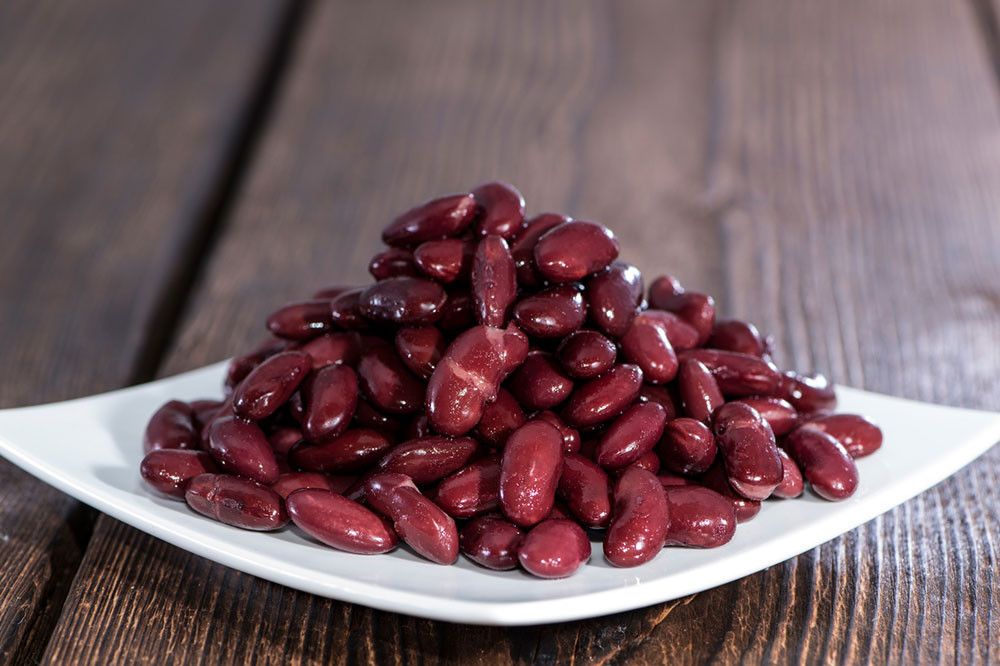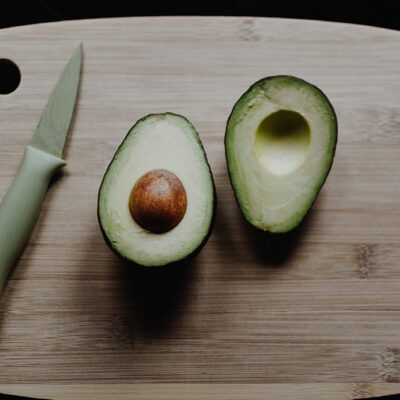
5 Foods to Help Keep ADHD Symptoms at Bay
ADHD or Attention Deficit Hyperactivity Disorder is a type of brain disorder that causes symptoms of extreme impulsivity, fidgetiness, and an inability to pay attention. It is estimated that 4–6% of adults and around 7% of children in the country suffer from it. While medications help in controlling the symptoms, it is vital to also make certain dietary changes. The following are some foods that can help to manage ADHD symptoms.
1. Complex carbohydrates
Peaking blood sugar levels can worsen ADHD symptoms. Foods such as fruits, vegetables, whole-grain bread, brown rice, beans, and lentils are a rich source of complex carbohydrates and have a low glycemic value. This helps in countering blood sugar spikes. Complex carbohydrates also help in keeping full for a longer time and encourage better sleep.
2. Fish oil
Fish oil from cold-water fatty fishes like salmon, tuna, mackerel, herring, and sardines is rich in omega-3 fatty acids that can effectively manage several aspects of ADHD. Not only are they essential for normal brain function, but they also help in lowering blood sugar levels, thereby reducing symptoms such as hyperactivity. However, every individual can have different omega-3 requirements. Hence, it is recommended to consult a doctor regarding the daily dosage of fish oil.
3. Protein-rich foods
Protein plays a key role in maintaining adequate levels of neurotransmitters in the brain. A balanced level of this chemical is essential as it helps in managing hyperactivity and aids in focusing better, thereby reducing ADHD symptoms. Some protein-rich foods include meat and poultry products, beans and lentils, eggs, fish and shellfish, and nuts. Make sure to steer clear from frozen and processed meats as they contain ingredients that can be counterproductive in managing ADHD.
4. Dark green leafy vegetables
Dark leafy greens such as arugula, bok choy, dandelion greens, kale, mustard greens, spinach, and swiss chard are rich in iron. The nutrient helps in maintaining normal blood count, ensuring that other nutrients are delivered to the brain, which also aids in reducing the risk of children developing ADHD. While being anemic increases the risk of suffering from ADHD, consuming too much iron can be equally dangerous. It is thus crucial to get one’s ferritin levels checked before deciding on the daily iron requirement.
5. Foods rich in zinc and magnesium
Foods rich in these nutrients also help to manage ADHD symptoms. While zinc helps in regulating dopamine levels in the brain, it also makes other medications more effective by improving the organ’s response towards dopamine. This helps in keeping symptoms like hyperactivity under control. Similarly, magnesium helps in making more neurotransmitters, thereby improving attention and concentration. Some zinc and magnesium-rich foods include avocados, dark chocolate, nuts, legumes, tofu, seeds, whole grains, and fatty fish.


